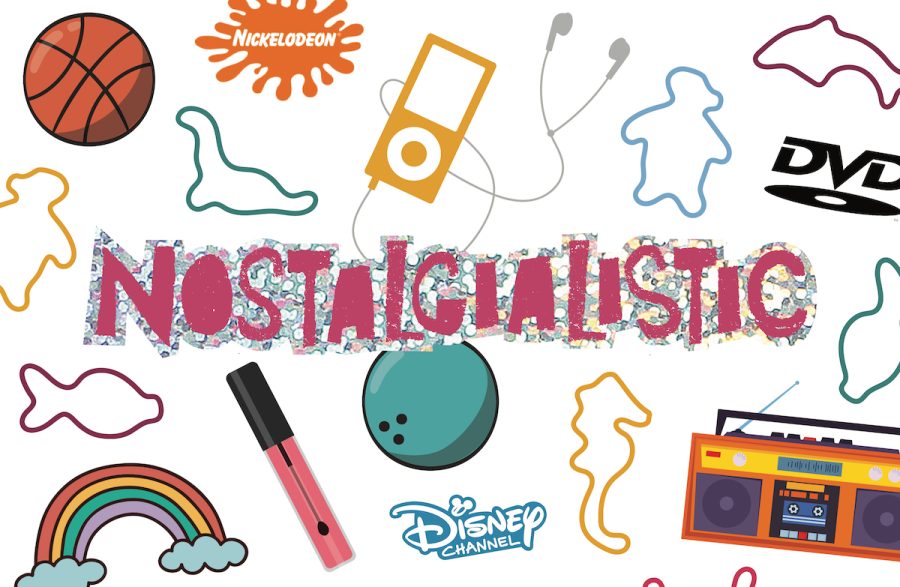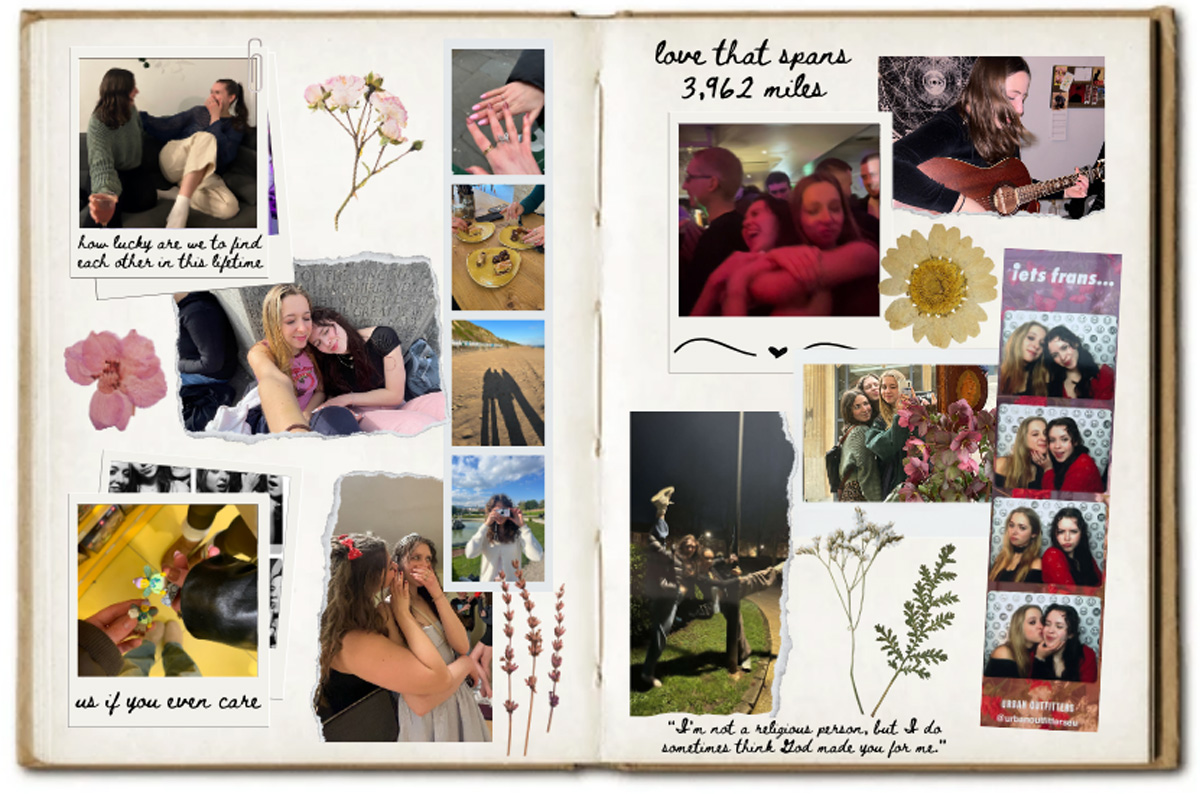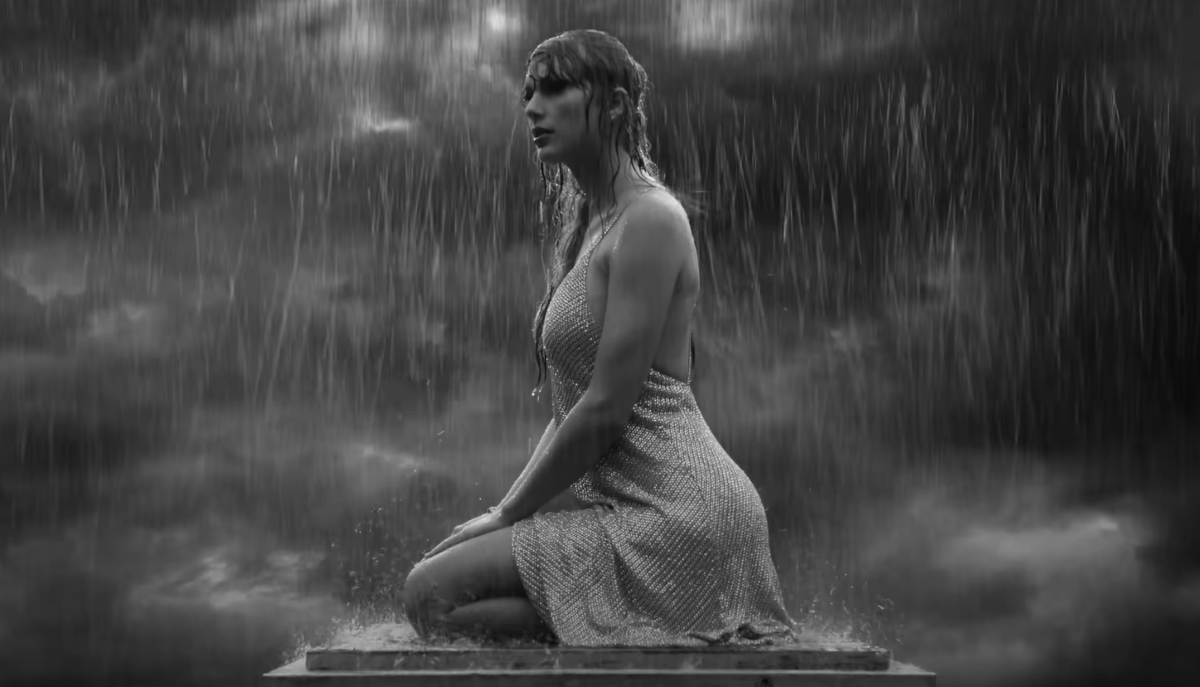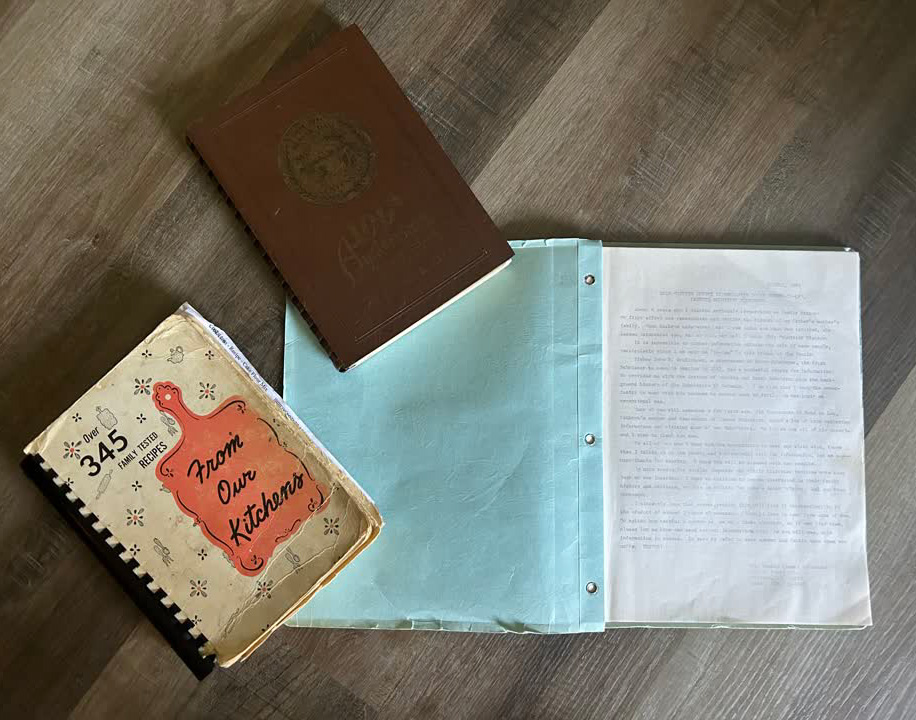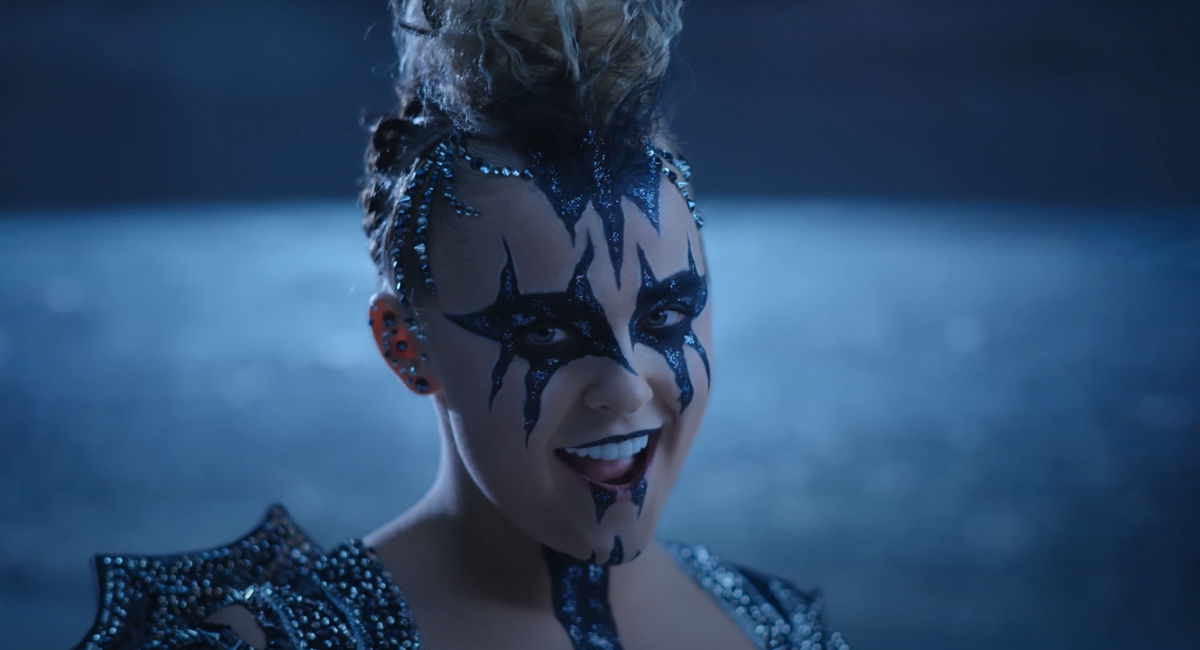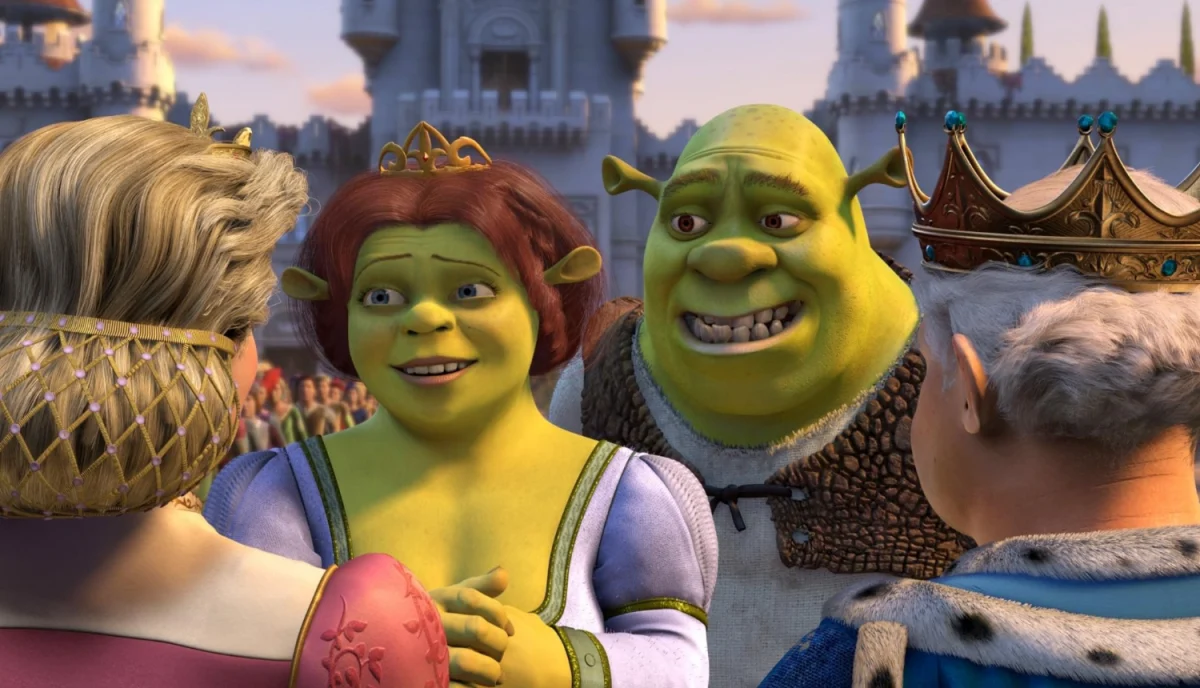I’ll never forget the first time I saw “The Thing.” Aimlessly trying to decide on what to watch on a humid July night, I rented what had been described by some faceless suppository of film knowledge on Twitter as “one of the greatest horror movies ever made”.
It was clear to me as the film unfolded that I was watching a piece of art made by some of the best unsung heroes in Hollywood operating at the peak of their powers.
What struck me most about this movie was the special effects. It wasn’t that the reality of the film matched our own, but the visual effects just felt so present in the movie’s reality and in their interactions with the actors.
When I learned later that all the effects were done practically, with no help from CGI or other post-production additions, I was even more impressed.
Practical special effects in film can range from props to sets to costumes to vehicles and makeup, but one feature remains constant: they’re always made by hand. A particularly impressive example of practical effects at work is the original “Star Wars” film, released in 1977.
The special effects are not only incredibly advanced for their time, but show an incredible amount of detail. Take, for instance, the intricate miniatures of the spaceships, or the huge hand-painted matte paintings used to create the illusion of alien planets.
All of the “Star Wars” environments, set pieces, alien costumes and miniatures are lived-in, tangible and seamless in their presentation of the film’s reality, and much of its success can be attributed to the hand-made, painstakingly detailed nature of these effects.
The example of “Star Wars” brings me to my next point: practical effects are more a thing of the past, due to the relative ease of using CGI.
The “Star Wars” prequel trilogy (released between 1999 and 2005) largely rejected the use of practical effects in favor of computer animation.
The difference is jarring and honestly disappointing on rewatch. These films all feel so bland and flat, and it becomes clear immediately that the real actors are standing in front of a blue screen and interacting with a tennis ball.
These effects are not the prequels’ only problem, but I think it’s fair to say that the artificially smooth nature of computer effects acts as a detriment to the film’s success.
The opposite is true of the effects of the original trilogy, which only support the reality of the script and the actors’ ability to immerse themselves in the material.
Sadly, practical effects as the dominant form of movie magic seem to have become a thing of the past. This is reflective of a larger shift in the type of stories being told at the multiplex.
We have reached a point in our streaming-afflicted media landscape where truly original movies in the science fiction, horror and action genres have fewer chances to get sufficient budgets.
Studios’ support endorses the care and attention to detail that went into the creation of the effects in movies like “The Thing” and “Star Wars.” I’m feeling nostalgic for the days of little genre pictures that can change the world.
Denton can be reached at [email protected].

